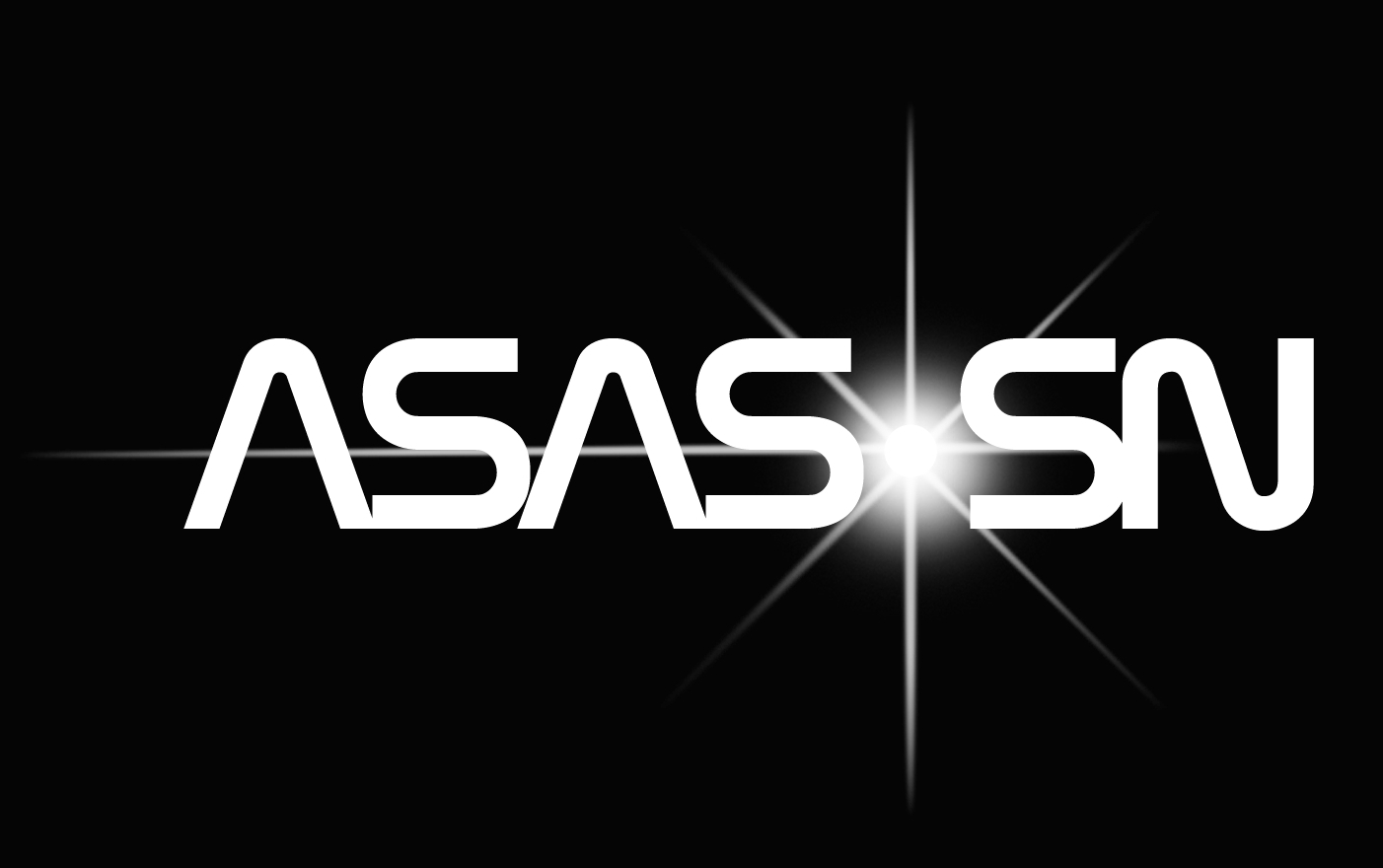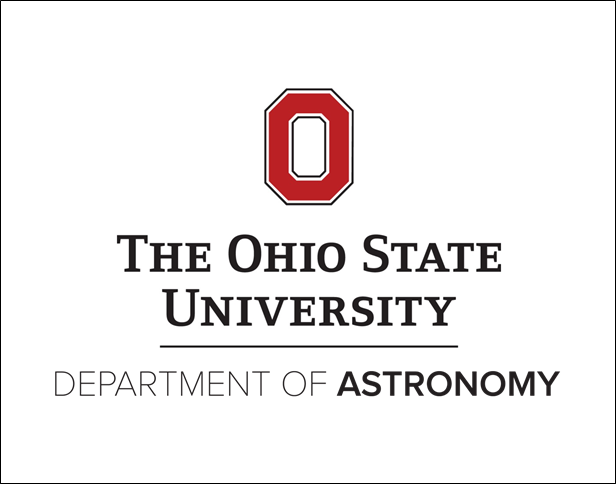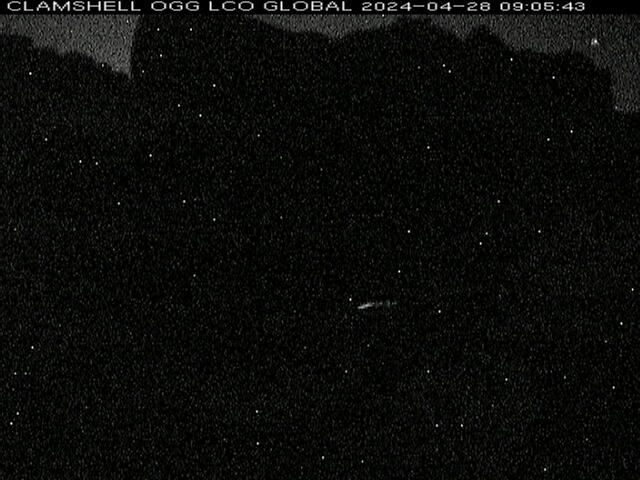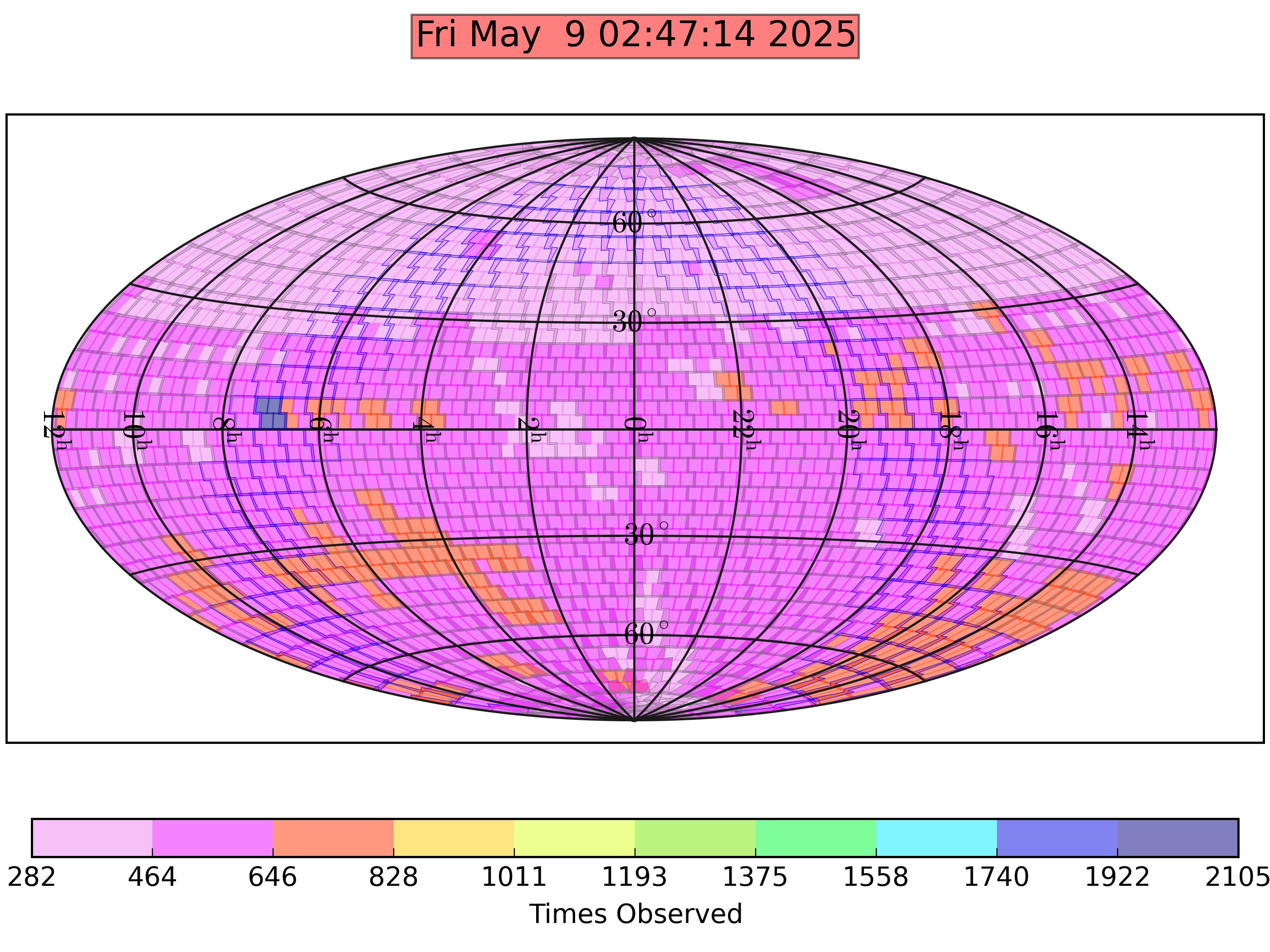

 | All-Sky Automated Survey for Supernovae |  |
|
ASASSN-16no, our 400th SN! (November 2016). Three ASAS-SN papers posted: 14li in radio, 14li host galaxy, 16fq progenitor (Sept. 1st, 2016). We discovered ASASSN-16fq, our lowest redshift SN yet (of 339 and counting) (May 2016). Press materials for ASASSN-15lh, the most powerful supernova ever discovered! (January 2016). It was raining supernovae: dramatic finish to a great year! (December 2015). See NASA and Chandra press releases on our TDE ASASSN-14li (October 2015). With funds from Mt. Cuba Astronomical Foundation Cassius is now a four-telescope unit! (July 2015) ASAS-SN results presented at the AAS press conference (January 2015). See our TDE ASASSN-14ae press release (October 2014).
 Channel |
Picture of the Week |
ASAS (Warsaw) Channel |
Picture of the Week |
ASAS (Warsaw)
 | |

 5-year grant GBMF5490. 5-year grant GBMF5490.
We are also supported by
ASAS-SN expansion was possible with suport from
We thank George Skestos for his generous gift to Prof. Kochanek, partially used to expand ASAS-SN. We thank Robert Martin Ayers Sciences Fund for supporting our operations.
ASAS-SN is currently comprised of two units. ASAS-SN Unit-1, known as "Brutus", which also happens to be the name of the Ohio State mascot, is comprised of four robotic 14-cm telescopes deployed at the Haleakala station of the Las Cumbres Observatory Global Telescope Network. ASAS-SN Unit-2, named "Cassius", also consists of four 14-cm telescopes deployed at the LCOGT Cerro Tololo station. Together, these allow us to observe a total of approximately 20,000 square degrees each clear night. With support from the Gordon and Betty Moore Foundation grant GBMF5490 we will soon deploy additional 8 telescopes at two other LCO sites, allowing us to survey the entire visible sky every night, and making our network much less sensitive to weather conditions.
We are discovering numerous
bright supernovae in both hemispheres (420 total, 151 in
2016). See below where our supernova
discoveries announced so far are located on the sky (bigger
symbols - smaller distance)
Generally we are posting our real-time discoveries using ATel, so if you interested in being notified of our results, you should subscribe to that useful service, and also see our ASAS-SN Transients page. See below our sky coverage plot for the last 365 days - we are now observing the entire sky!

At this point we are focused on discovering bright, nearby supernovae, but we like all kinds of variable objects, so if there is an object with V-band magnitude between V~9 and V~17 that we might have in our data, send us an e-mail (ben.shappee@gmail.com) and we will check what we have. Here are some papers written by outside collaborators that have used our unique ASAS-SN data: Herczeg et al. (2016), Rodriguez et al.(2016).
ASAS-SN Team: At OSU: Jon Brown, Tom Holoien, Chris Kochanek, Josh Shields, Kris Stanek, John Beacom, Todd Thompson; Ben Shappee has moved (August 2014) to Carnegie Observatories, Pasadena, to start his 5-year Hubble-Carnegie-Princeton Postdoctoral Fellowship; José Luis Prieto (Universidad Diego Portales; MAS); Grzegorz Pojmanski (Warsaw University Observatory); Joseph Brimacombe (Coral Towers Observatory); David Bersier (LJMU); Subo Dong, Ping Chen, Subhash Bose (KIAA-PKU); Emilio Falco (CfA); Przemek Wozniak (LANL); Maximilian Stritzinger (Aarhus); Nidia Morrell (Carnegie Observatories, Las Campanas Observatory); Laura Chomiuk, Jay Strader (MSU); Raffaella Margutti (Northwestern); Anna Franckowiak (DESY). Udit Basu, a local (Ohio) high school student who worked with us for 3 years, is now an undergrad at Princeton Astrophysics. We thank Las Cumbres Observatory and its staff for their continued support of ASAS-SN: we truly could not do this without your help. An important part of our project is the follow-up effort with bigger telescopes to get confirmation imaging (our images have 7.8" pixels). We are fortunate to have a number of "unpaid professional astronomers" working with us on ASAS-SN "ad hoc" SN confirmation effort: E. Conseil (Association Francaise des Observateurs d'Etoiles Variables, France), I. Cruz (Cruz Observatory, USA), J. M. Fernandez (Observatory Inmaculada del Molino, Spain), S. Kiyota (Variable Star Observers League in Japan), R. A. Koff (AntelopeHills Observatory), G. Krannich (Roof Observatory Kaufering, Germany), G. Masi (Virtual Telescope Project, Ceccano, Italy), L. A. G. Monard (Klein Karoo Observatory, Western Cape, South Africa), B. Nicholls (Mt. Vernon Obs., New Zealand), J. Nicolas (Groupe SNAUDE, France), R. Post (Post Astronomy), G. Stone (Sierra Remote Observatories), W. Wiethoff (University of Minnesota, Duluth, USA). You can see from many joint Astronomer's Telegrams we have published that it is a very fruitful collaboration - we have confirmed together almost 300 supernovae! A number of professional astronomers have also contributed their effort and telescope time to ASAS-SN, which we most appreciate. You can see the names of our collaborators on ASAS-SN results annouced so far on ASAS-SN papers and ATels. So when you get an e-mail from us, asking to collaborate on a new exciting ASAS-SN target, we hope you will say "yes"! ASAS-SN Hardware: Our team makes ASAS-SN a success, but we also need excellent hardware to aid us in our ultimate goal of studying real-time variability of the entire sky:
And again, all ASAS-SN telescopes are deployed and run by Las Cumbres Observatory, including their telescope hardware and software: "Many eyes - one vision".
|